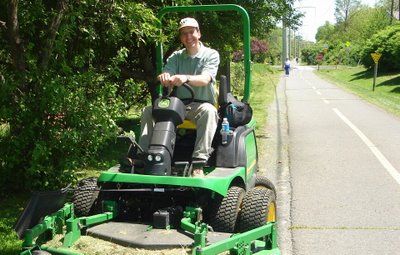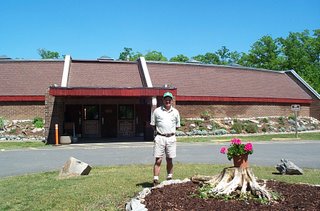
By the end of June, the Northern Virginia Regional Park Authority will be the new owners of the Aldie Mill, a 19th Century grist mill in western Loudoun County off of Rt. 50.
The mill was build in 1807-9. During the Civil War Aldie was known as a center for Confederate partisan ranger Col. John Singleton Mosby. At one point Mosby and his rangers captured two Union soldiers who had tried to hid in the flour bins of the Mill. Mosby wrote, "when we pulled them out there was nothing blue about them."
The famous writer Herman Melville wrote a poem about a scouting party that he went on to look for Mosby's Rangers in the Aldie area. Below are a few lines from this poem.
The Scout toward Aldie by Herman Melville
"They lived as in the Eerie Land-- The fire-flies showed with fairy gleam; And yet from pine-tops one might ken The Capitol dome--hazy--sublime-- A vision breaking on a dream: So strange it was that Mosby's men Should dare to prowl where the Dome was seen...
Rumor had come that a band was lodged In green retreats of hills that peer By Aldie (famed for the swordless charge). Much store they'd heaped of captured arms And, per adventure, pilfered cheer; For Mosby's lads oft hearts enlarge In revelry by some gorge's marge..."
The full text of this poem can be found on the following web site
http://www.civilwar.org/historyclassroom/hc_mosbypoem.htm
Aldie Mill has been owned and operated by the Virginia Outdoor Foundation (VOF) since 1981. Under VOF's stewardship, the merchant mill was fully restored.

